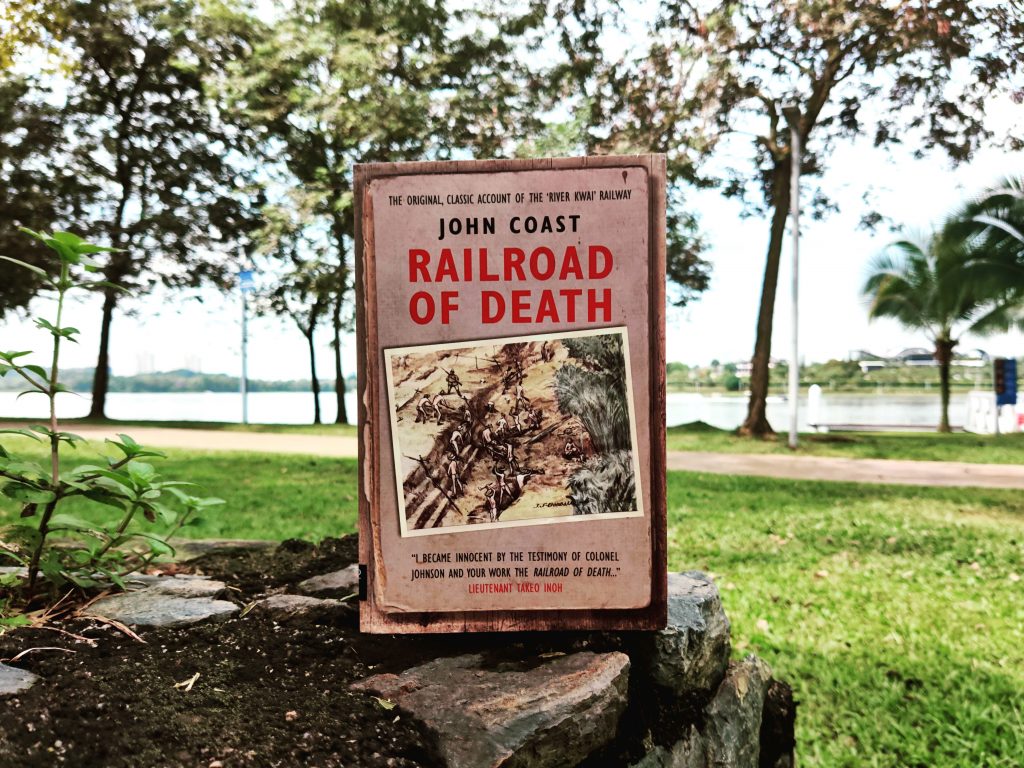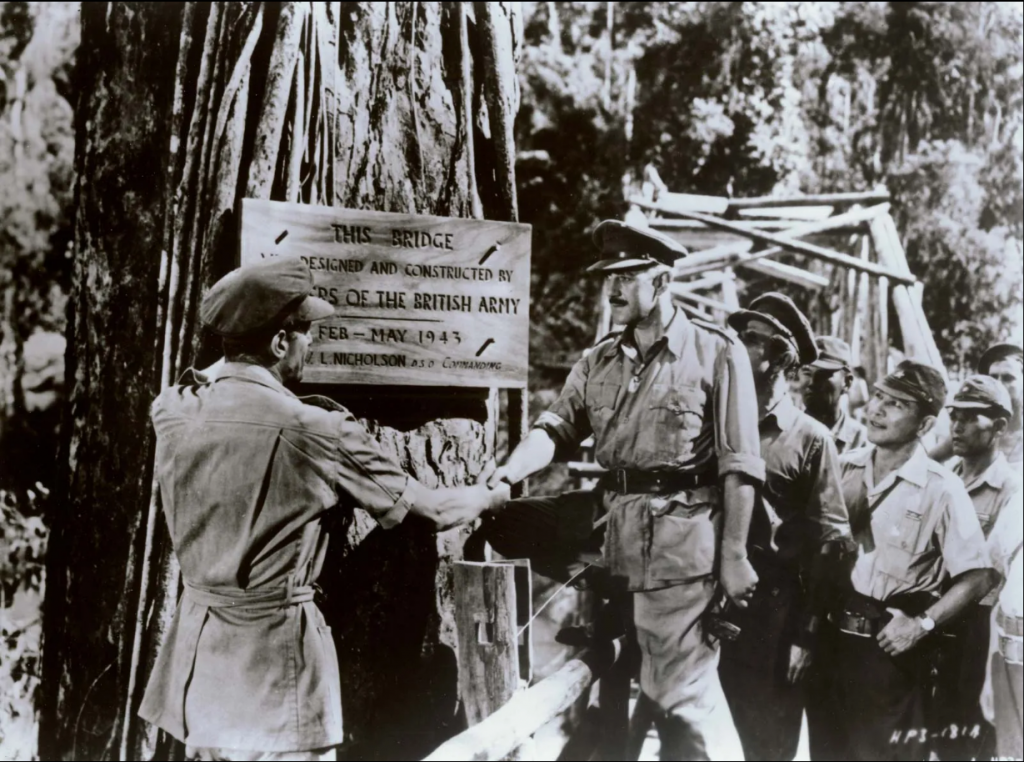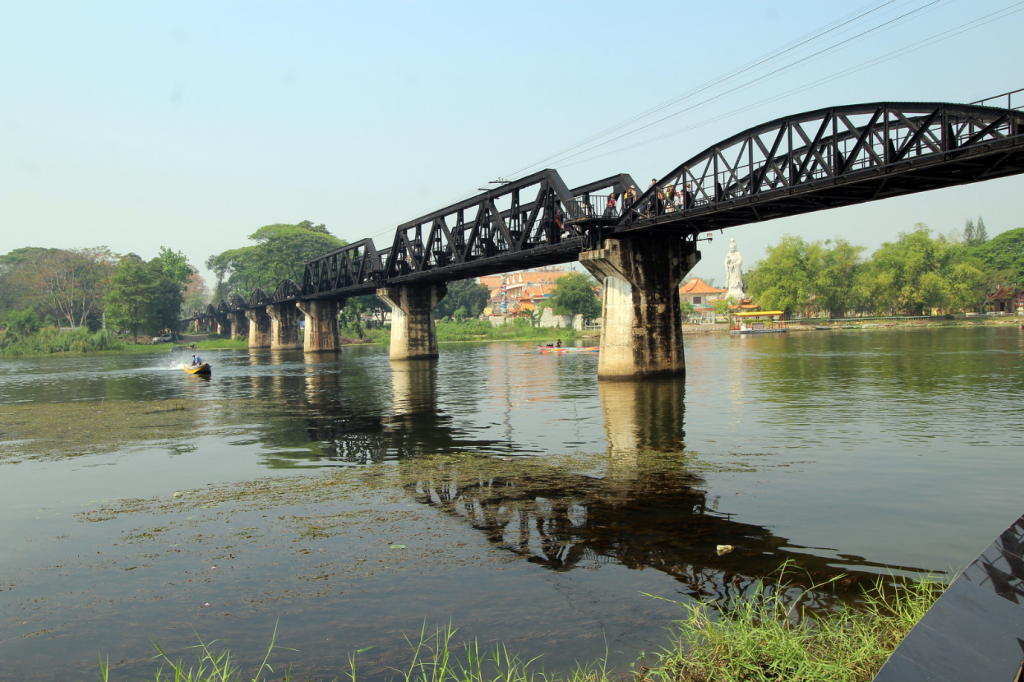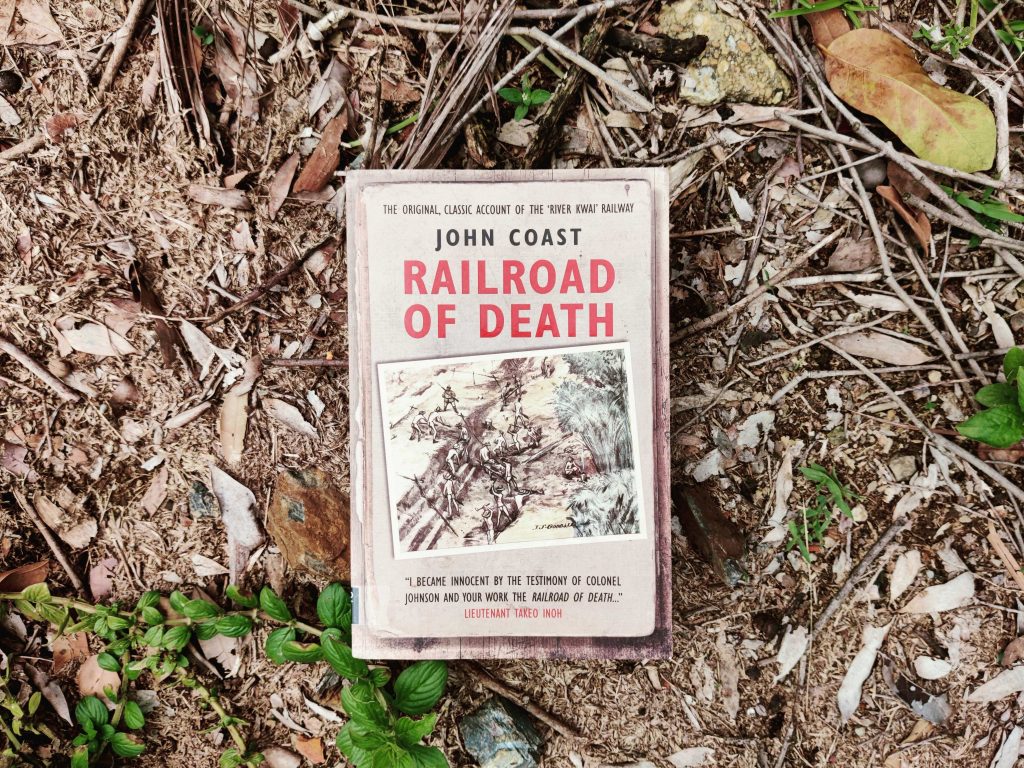Name: Mohammad Faridzuan bin Abd Rahman
Book: Railroad of Death
Author: John Coast
Publisher: Myrmidon Books, reprint edition
Publication Year: 2014
Book Language: English
Pages: 380 pages

Official Synopsis:
John Coast was a young officer in the Norfolk Regiment taken prisoner at the fall of Singapore in February 1942. The record of his captivity was compiled after liberation on his repatriation voyage home and published soon after.
His account is moving, dramatic and chilling in the unflinching detail it gives of the brutality of his Japanese and Korean captors, not only toward Allied prisoners but also to the conscripted Asians, who died in even greater numbers working on the railway. It is at the same time lyrical in its descriptions of the natural world surrounding the camps and of the courage and sacrifices of the Thais, Malays and Chinese that enabled so many of the prisoners to survive. Coast brings to life the camps and towns of the Burma Railway and of his growing admiration for the Malay people and their culture that allowed him to find some comfort and meaning amid the horror.

John Coast, six years after his liberation
Comments:
“The Railway of Death, which spanned for more than 400km from Thailand to Myanmar (formerly Burma) is infamous for its harrowing history. And this book is a testament to that.
Written by a former prisoner of war (POW) enslaved to work on parts of the railway for more than 3 years, the author recounts in excruciating detail his journey from being captured in Singapore, to working and living in an environment that can only be described as inhospitable and harsh, under the watchful eyes of the cruel and oppressive Japanese armies, to finally being liberated.
The film The Bridge on the River Kwai, starring the late Sir Alec Guinness (Star Wars, & Lawrence of Arabia) depicted to a degree just how cruel the Japanese treated the slave labours. But even though the film was dramatised, it could not hold a candle to just how gruesome it actually was working on the Railway of Death. To give you an idea, the estimated number of men forced to work was more than 260,000; 200,000 of them were Asian civilians from Japan-conquered territories, and 60,000 were Allied POWs. Out of those estimated 260,000, an estimated 90,000 civilians and 12,000 Allied POWs perished due to disease, fatigue, torture, malnutrition, and other causes.


left: Lt. Col Nicholson (2nd from left, played by Sir Alec Guinness) shook hands with the Japanese after completing the bridge
right: the real Bridge over the River Kwai aka Bridge 277. it is now a tourist attraction
John Coast’s Railroad of Death is a reminder of the dark interconnected history of Thailand, Myanmar, Singapore, and Malaysia, as many of our fellow Malays and Chinese lost their lives during the construction. I urge my fellow Malaysians to pick up and read this book or any other book on the history of the Railway of Death, to honour the memories of the lives lost.”
– Mohammad Faridzuan bin Abd Rahman, Communications & Publications Executive

sticks and stone may break my bones, but words will never hurt me
Excerpts:
“But the hospital was the most amazing site we had ever seen. It consisted of an ordinary atap hut, and it lay in a low part of the camp so that it was permanently flooded. When we visited it that afternoon there was over a foot of water right through the hut, and in several places the water level was only a few inches from the bamboo slats on which the sick men lay. The M.O. could just do his rounds in gumboots, but at the far end he had to walk on slats as the water was too deep. Under such conditions lay operation cases, men who had malaria, dysentery and beriberi all mixed up together. The hospital itself was a tremendous breeding ground for mosquitoes, and by night they hummed there like bees swarming. This, too, was the hospital to which we evacuate our heavy sick until we could build one of our own in the camp, we were about to erect for ourselves.”
- Page 69. Part Two: Railroad of Death
“While we were in our first hut, right at the far end of the camp that later was converted into a new hospital, one of our neighbours had a rather miraculous escape from death. He was a Messing Officer, and on his way down to the cookhouse early one morning, and as he was passing through some bamboo clumps, he heard a sustained hissing noise and saw the head of a brown snake swaying about three feet above the grounds some yards in front of him! Without a thought he picked up a stout bamboo stick and went for it. The snake, quite put out by this rash and unexpected onslaught, turned tail and fled, only to be pursued by this officer who killed it in some scrub near the river bank. He thought, I suppose, that it was just another rat-snake – but it did seem rather large! All the Malayan planters came out and they looked at its colour, at its big scaled head and the clearly visible fangs that faced back into its throat and they unanimously declared that it was a King Cobra. The funny thing is that not only is the King Cobra is one of the deadliest snakes in the world, whose venom can kill a man in 15 minutes, but it has the reputation of being one of the few snakes that will deliberately and unprovokedly attack a man, so it must have the shock of its life when some cad who’s never read any Natural History books went for it with a bamboo stick! Its length was precisely 11 feet 8 inches, and it was made into steaks in the cookhouse.”
- Page 224. Part Three: Base Camps and Liberation


